Mary Obering paintings exhibited in Los Angeles for the first time

In 1971, the artist Mary Obering moved from Colorado to Soho, at the height of the neighbourhood’s transformation into an artist haven. Nearly 50 years later, the celebrated painter appears in her first solo show at Kayne Griffin Corcoran in Los Angeles, after the gallery began representing her earlier this year.
Rather than a debut, the show feels more like an announcement: Obering has always been there, and the exhibition, on view through 3 November, centres on a suite of abstract paintings from the 1970s. To follow, Obering has worked in the very same Soho studio she first arrived in up into the present day.

Black March, 1974, by Mary Obering, acrylic on canvas. Courtesy of Kayne Griffin Corcoran
Born in Louisiana in 1937, Obering later traveled to Italy as a young artist, which stoked her interest in art-making – but it was in Soho, at the urging of figures like Carl Andre, that she began to work on large-scale paintings for which she became more widely known. Her work experimented with ideas culled from colour field paintings as well as abstraction, and went on to appear in the 1975 Whitney Biennial as well as in exhibitions at the Museum of Fine Arts, Boston, Artists Space, and the Wadsworth Atheneum Museum of Art.
The rich jewel tones and distinctive textural quality of her geometric compositions, however, in fact take their cues from the Old Masters – an unlikely source for the quietly combative canvases for which Obering has been celebrated since the mid-1970s. Obering uses original paintmaking techniques, relying on egg tempera and gold-leaf on gessoed panel, to create a sense of tactility and the deep hues of her paintings.
In works such as Déjà Vu (1975), thick ochres butt up against petal-thin pinks in layers of abstracted shapes; or in the case of Fleshscape (1975), a layering of bruise purple, blood-red, and scar orange hints at a drama unfolding on its layered surface.
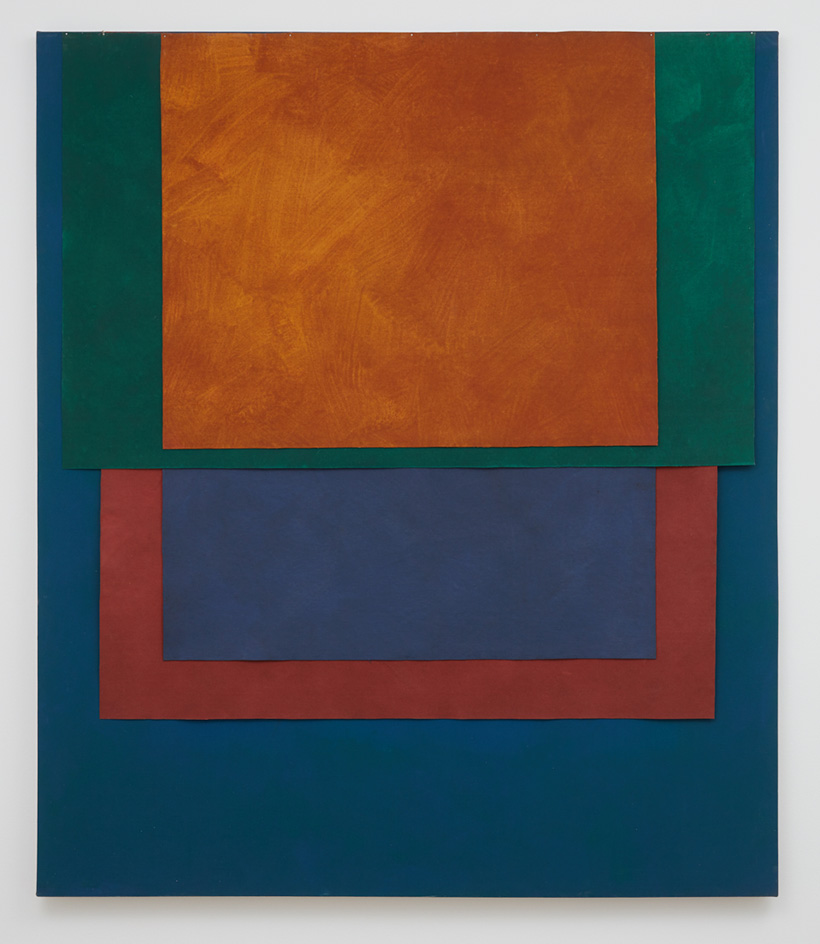
Balcony, 1975, by Mary Obering, acrylic on canvas. Courtesy of Kayne Griffin Corcoran
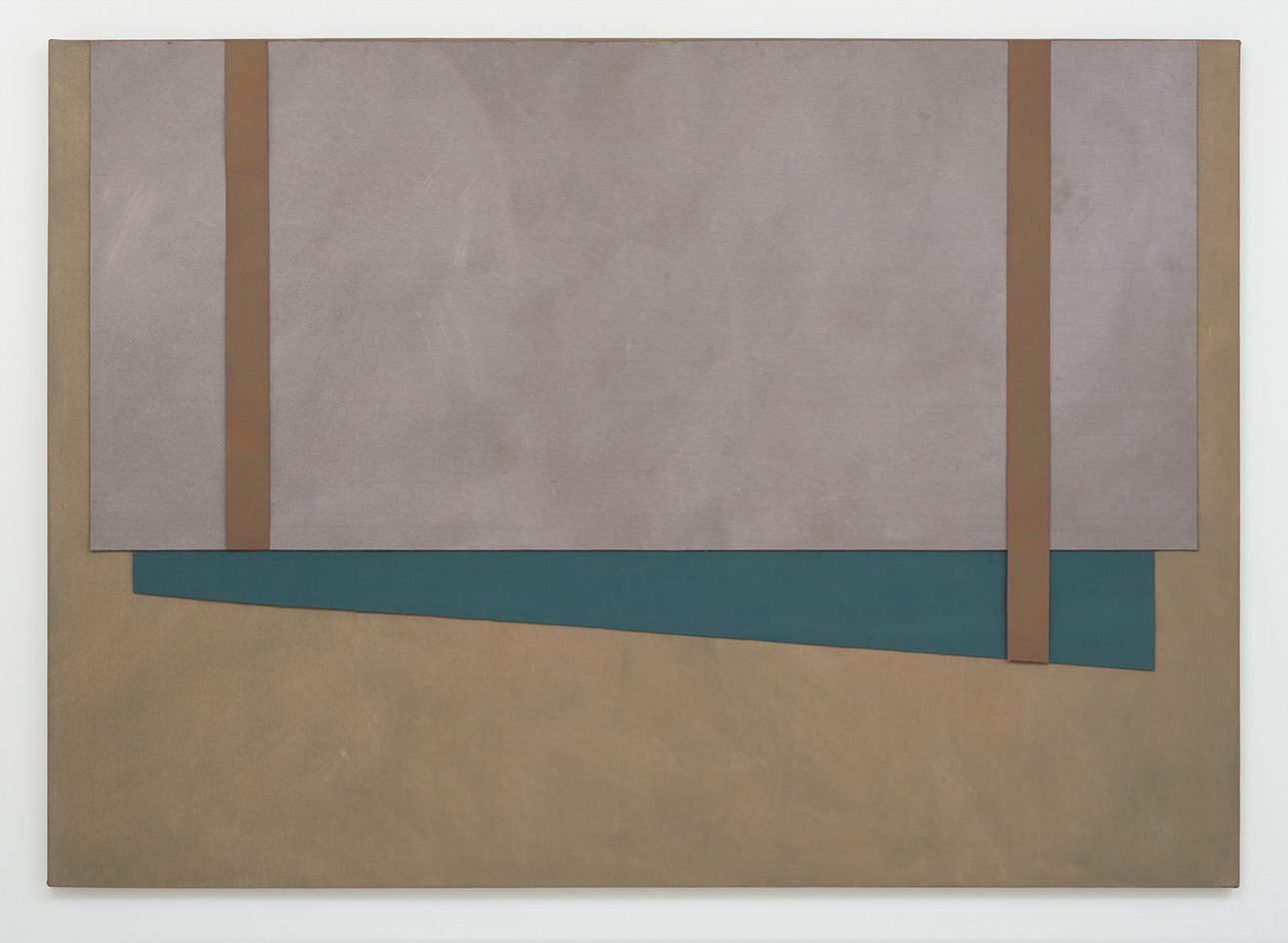
Caddo Day, 1974, by Mary Obering, acrylic on canvas. Courtesy of Kayne Griffin Corcoran
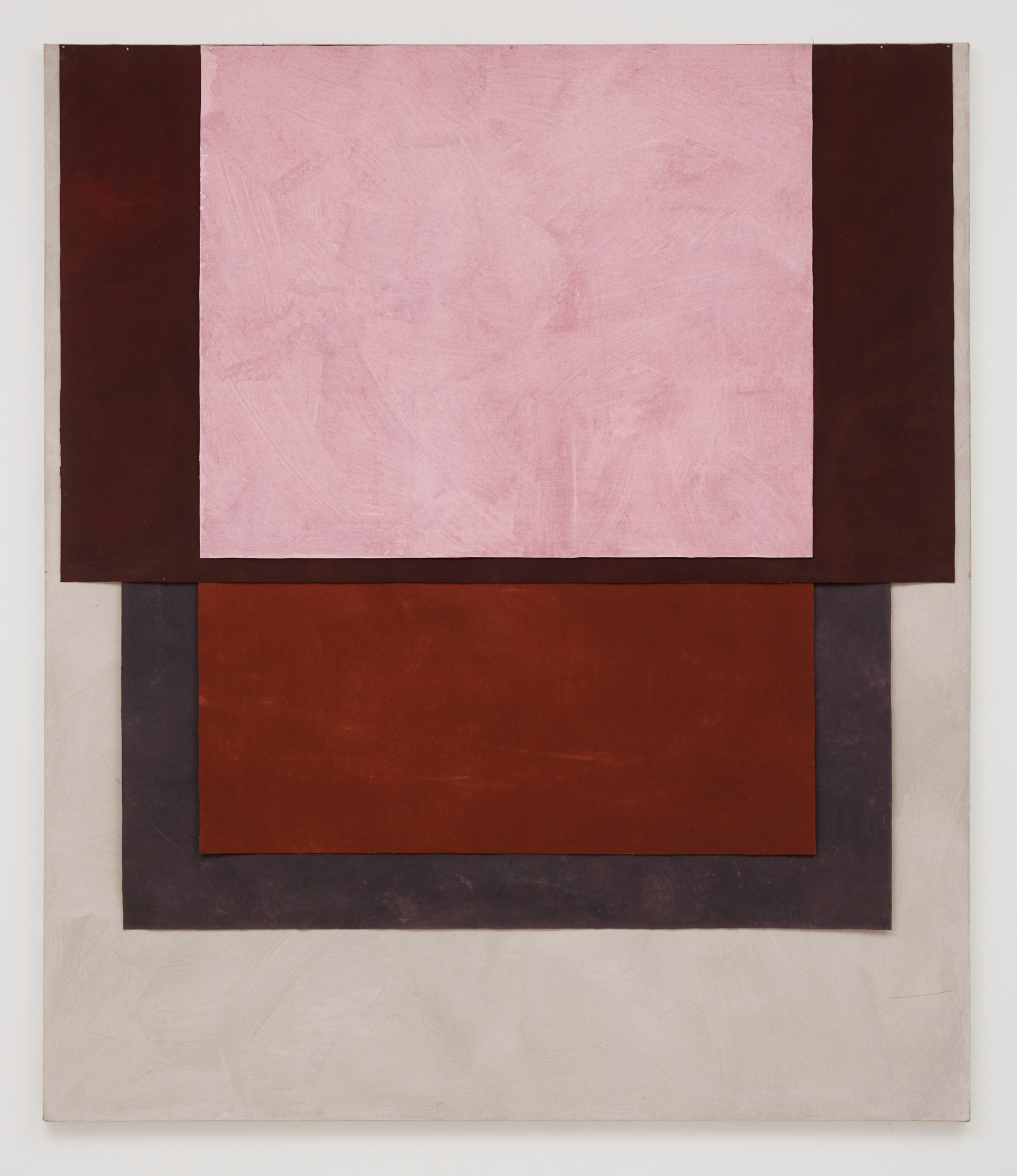
Déjà Vu, 1975, by Mary Obering, acrylic on canvas. Courtesy of Kayne Griffin Corcoran
INFORMATION
‘Mary Obering’ is on view until 3 November. For more information, visit the Kayne Griffin Corcoran website
ADDRESS
Kayne Griffin Corcoran
1201 South La Brea Avenue
Los Angeles
Receive our daily digest of inspiration, escapism and design stories from around the world direct to your inbox.
-
 Men’s Fashion Week A/W 2026 is almost here. Here’s what to expect
Men’s Fashion Week A/W 2026 is almost here. Here’s what to expectFrom this season’s roster of Pitti Uomo guest designers to Jonathan Anderson’s sophomore men’s collection at Dior – as well as Véronique Nichanian’s Hermès swansong – everything to look out for at Men’s Fashion Week A/W 2026
-
 The international design fairs shaping 2026
The international design fairs shaping 2026Passports at the ready as Wallpaper* maps out the year’s best design fairs, from established fixtures to new arrivals.
-
 The eight hotly awaited art-venue openings we are most looking forward to in 2026
The eight hotly awaited art-venue openings we are most looking forward to in 2026With major new institutions gearing up to open their doors, it is set to be a big year in the art world. Here is what to look out for
-
 Robert Therrien's largest-ever museum show in Los Angeles is enduringly appealing
Robert Therrien's largest-ever museum show in Los Angeles is enduringly appealing'This is a Story' at The Broad unites 120 of Robert Therrien's sculptures, paintings and works on paper
-
 Nadia Lee Cohen distils a distant American memory into an unflinching new photo book
Nadia Lee Cohen distils a distant American memory into an unflinching new photo book‘Holy Ohio’ documents the British photographer and filmmaker’s personal journey as she reconnects with distant family and her earliest American memories
-
 This Gustav Klimt painting just became the second most expensive artwork ever sold – it has an incredible backstory
This Gustav Klimt painting just became the second most expensive artwork ever sold – it has an incredible backstorySold by Sotheby’s for a staggering $236.4 million, ‘Portrait of Elisabeth Lederer’ survived Nazi looting and became the key to its subject’s survival
-
 Meet Eva Helene Pade, the emerging artist redefining figurative painting
Meet Eva Helene Pade, the emerging artist redefining figurative paintingPade’s dreamlike figures in a crowd are currently on show at Thaddaeus Ropac London; she tells us about her need ‘to capture movements especially’
-
 Ed Ruscha’s foray into chocolate is sweet, smart and very American
Ed Ruscha’s foray into chocolate is sweet, smart and very AmericanArt and chocolate combine deliciously in ‘Made in California’, a project from the artist with andSons Chocolatiers
-
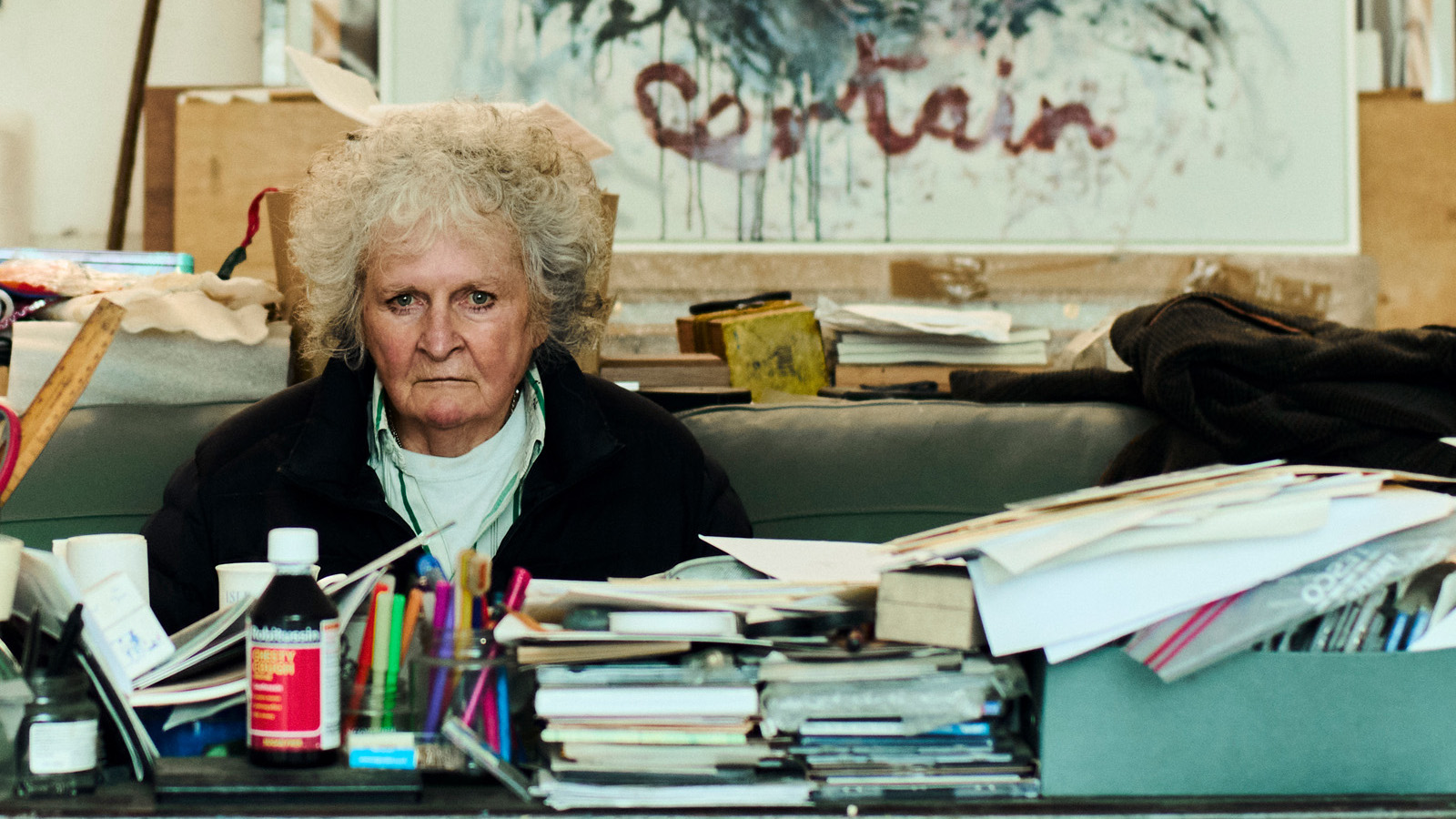 Maggi Hambling at 80: what next?
Maggi Hambling at 80: what next?To mark a significant year, artist Maggi Hambling is unveiling both a joint London exhibition with friend Sarah Lucas and a new Rizzoli monograph. We visit her in the studio
-
 Out of office: The Wallpaper* editors’ picks of the week
Out of office: The Wallpaper* editors’ picks of the weekThis week, the Wallpaper* editors curated a diverse mix of experiences, from meeting diamond entrepreneurs and exploring perfume exhibitions to indulging in the the spectacle of a Middle Eastern Christmas
-
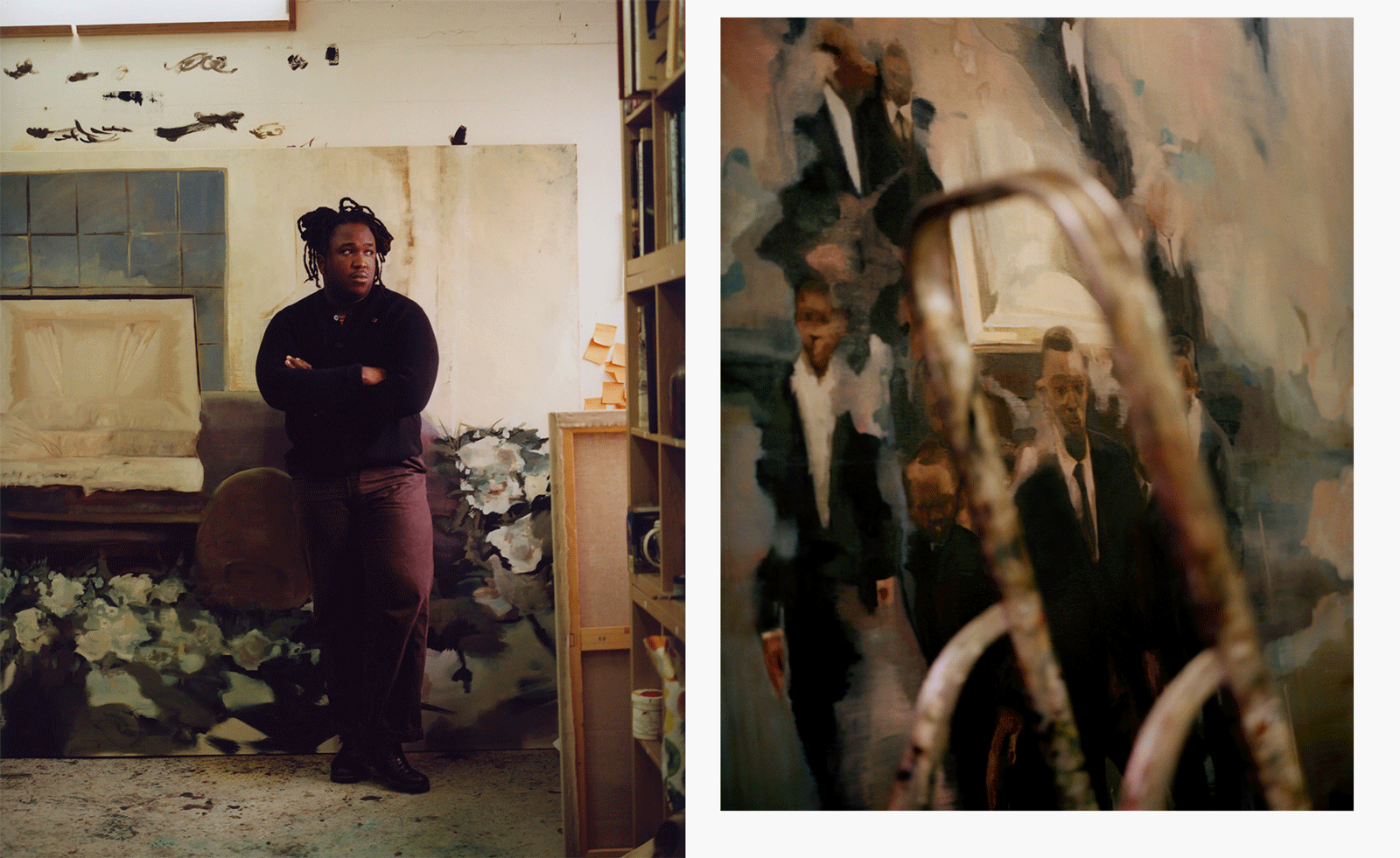 Artist Shaqúelle Whyte is a master of storytelling at Pippy Houldsworth Gallery
Artist Shaqúelle Whyte is a master of storytelling at Pippy Houldsworth GalleryIn his London exhibition ‘Winter Remembers April’, rising artist Whyte offers a glimpse into his interior world